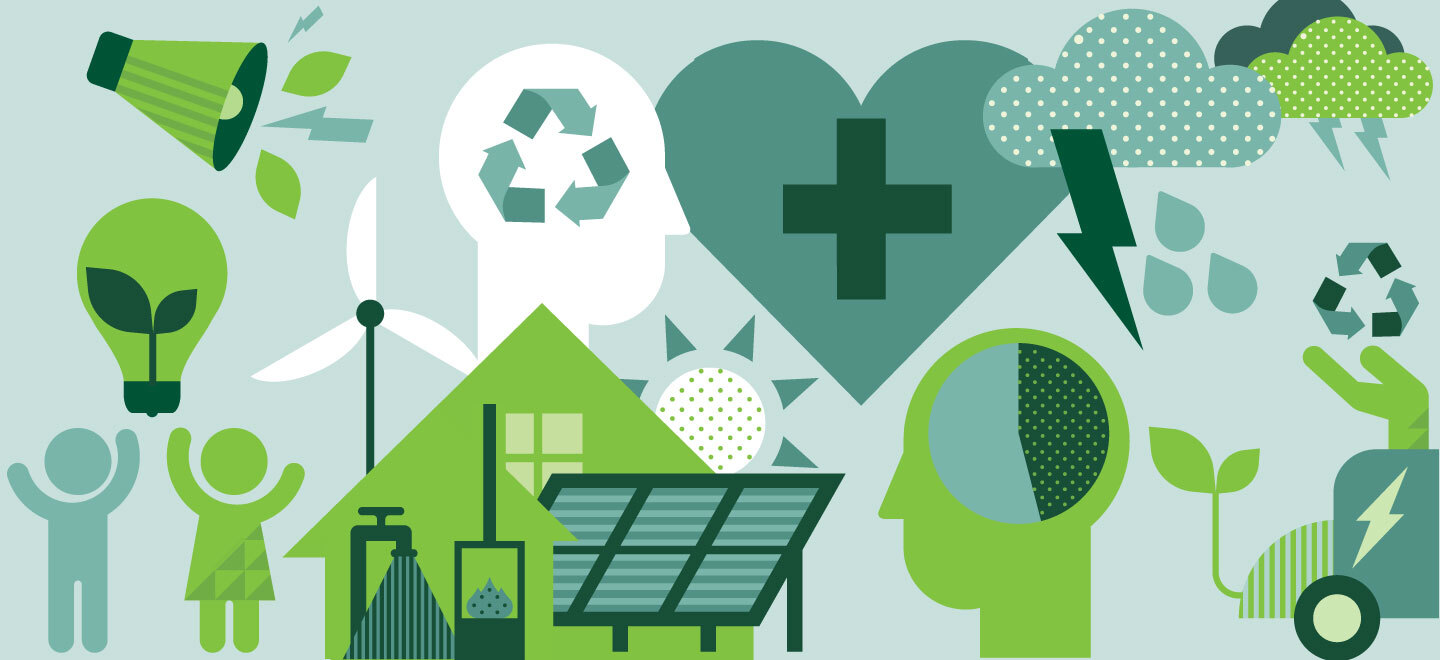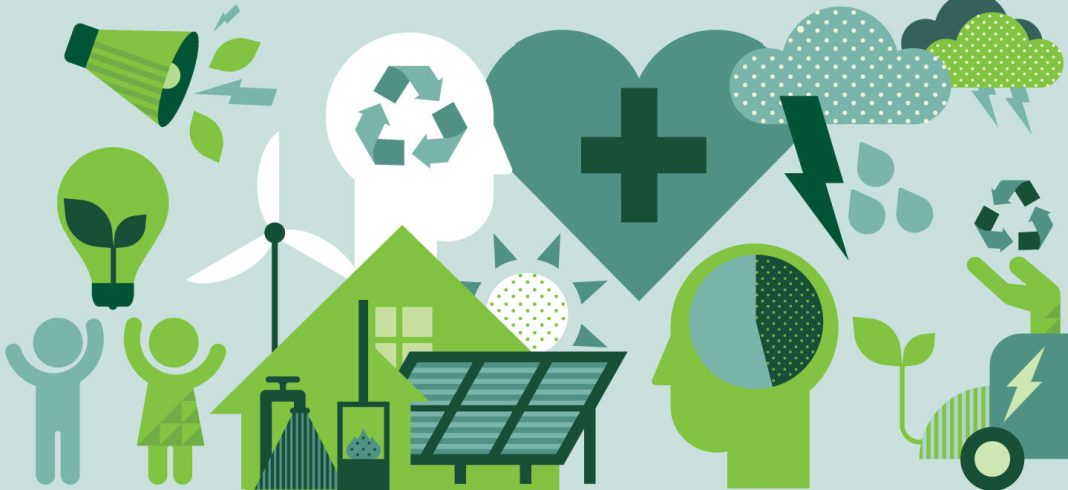
Lego, the Danish toymaker, has managed to buck the trend of an inflation-fueled sales slump in the toy industry in the first half of 2024. The company reported a 13% increase in revenue, reaching 31 billion Danish krone (approximately $4.65 billion) during this period. CEO Niels Christiansen attributes this success to the strength of Lego’s portfolio, particularly its Lego Icons and Lego Creator lines, as well as its partnership with Epic Games’ Fortnite.
Unlike its competitors, Lego has seen a shift in consumer behavior. Last year, customers were “trading down” and opting for lower-priced sets. However, this year, volume is up and consumers are not further trading down. Christiansen stated, “we see almost all of the growth is actually growth in volume.” This change in consumer behavior has allowed Lego to stabilize its sales and focus on expanding its offerings.
In contrast, publicly traded rivals Mattel and Hasbro have not fared as well. Mattel reported a 1% decrease in net sales in the first half of 2024, while Hasbro saw its net revenue fall by 21% between January and June. Mattel is struggling to match the toy sales fueled by “Barbie” in 2023, and Hasbro is still recovering from its divestment of eOne.
Lego’s success can be attributed to its ability to cater to a diverse market, including both children and adults. In addition to sets tied to popular franchises like Harry Potter and Star Wars, Lego offers innovative design options for consumers to build flowers, succulents, famous works of art, and animals. This diverse product range has resonated with consumers, leading to strong sales in the U.S. and Europe.
However, Lego has faced challenges in China, where sales remain flat. Christiansen attributes this to consumers in the region spending less on bigger-ticket items and reducing the frequency of their purchases. Despite this, Lego remains committed to expanding in China, recognizing the “long-term potential” of the market.
Lego is also prioritizing sustainability in its operations. The company has nearly doubled the use of renewable and recyclable materials in its bricks compared to the previous year. Christiansen emphasized that Lego is willing to pay a premium for these sustainable materials, which in turn incentivizes suppliers to develop and increase production capacity for such products. The company aims to source half of its raw materials from sustainable sources in the coming years.
In conclusion, Lego’s ability to adapt to changing consumer preferences, offer a diverse range of products, and prioritize sustainability has allowed it to thrive in a challenging market. While its competitors are facing sales declines, Lego continues to see growth and remains optimistic about its future, including its expansion plans in China.


